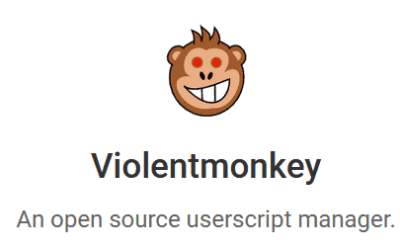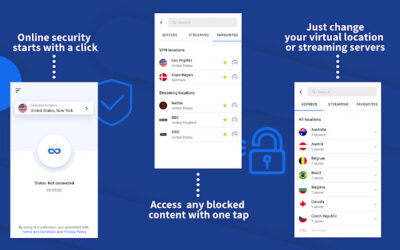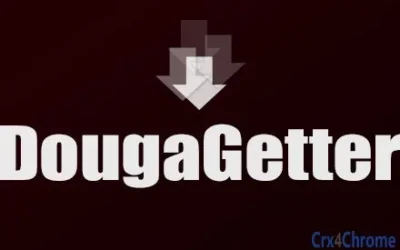In the ever-evolving world of technology, some tools remain etched in our memories. Adobe Flash Player was one such tool that revolutionized the way we experienced multimedia content on the internet. However, as the digital landscape shifted towards more secure and efficient technologies, Adobe decided to retire Flash Player in December 2020. But, for those who still yearn for the nostalgic web experiences and rely on Flash content for various purposes, the Flash Player for Web Chrome extension comes to the rescue. In this article, we’ll explore the features, functionality, and implications of this extension that allows you to revisit the Flash-powered web.
A Flash of History:
Before we dive into the Chrome extension, let’s take a brief trip down memory lane. Adobe Flash Player was a browser plug-in that enabled the playback of multimedia content such as animations, videos, and interactive applications on websites. For many years, Flash was the go-to technology for delivering rich web experiences. It powered countless games, animations, and interactive websites, captivating users worldwide.
The Demise of Flash:
The downfall of Adobe Flash Player began with the emergence of more secure and efficient technologies like HTML5. Flash was notorious for its security vulnerabilities and performance issues. As a result, major web browsers, including Chrome, began phasing out support for Flash content.
The Flash Player for Web Chrome Extension:
While the world moved away from Flash, some users still found value in the legacy content and applications built with this technology. The Flash Player for Web Chrome extension serves as a bridge to the past, allowing users to continue accessing and interacting with Flash content.
Effortless Installation and Activation:
Getting started with the Flash Player for Web extension is a straightforward process. You can find it on the Chrome Web Store, and installation takes just a few clicks. Once installed, the extension seamlessly integrates into your Chrome browser.
Reviving Flash-Powered Content:
The primary purpose of the extension is to enable the playback of Flash content on websites. When you encounter a website with Flash elements, the extension activates, allowing you to experience the content as intended.
Interactive Games and Animations:
Flash games and animations were a staple of early internet entertainment. With the extension, you can relive the nostalgia of playing classic Flash games and exploring interactive animations.
E-Learning and Training:
Many e-learning platforms and training modules were built using Flash. The extension ensures that learners can access and complete courses that rely on Flash-based content.
Legacy Websites and Applications:
Some legacy websites and web applications still use Flash for specific functionalities. The extension ensures that users can continue using these platforms without compatibility issues.
Customization and Control:
The extension offers customization options, allowing users to enable or disable Flash content on a per-site basis. This level of control ensures a seamless browsing experience.
Security Considerations:
It’s important to note that using the Flash Player for Web extension carries certain security risks. Flash content is known for its vulnerabilities, and the extension doesn’t provide the same level of security that modern web technologies offer. Users should exercise caution when enabling Flash on websites and avoid interacting with untrusted content.
Cross-Browser Compatibility:
While the extension is designed for Chrome, it may also work with other Chromium-based browsers. This flexibility ensures that users can access Flash content across different platforms.
The Transition to HTML5:
While the extension provides a way to interact with Flash content, it’s essential to recognize that the web has largely moved on to more advanced technologies like HTML5. HTML5 offers superior security, performance, and compatibility, making it the preferred choice for modern web development.
The End of an Era:
Adobe’s decision to retire Flash Player marked the end of an era in web development. As the internet evolved, so did the technologies powering it. HTML5, CSS3, and JavaScript now dominate the web landscape, providing richer, safer, and more interactive experiences.
Embracing the Future:
While it’s natural to feel nostalgic about Flash-powered content, it’s equally important to embrace the future of the web. Modern web technologies continue to push the boundaries of what’s possible online, from immersive virtual reality experiences to real-time collaborative applications.
The Role of Browser Developers:
Browser developers play a crucial role in shaping the web’s direction. They are committed to providing secure, efficient, and innovative platforms for users and developers alike. As such, they’ve gradually phased out support for legacy technologies like Flash to ensure a safer and more enjoyable online experience.
The Flash Player for Web Chrome extension serves as a nostalgic tool for those who wish to revisit the Flash-powered web of yesteryears. While it provides a temporary bridge to the past, it’s important to recognize that the future of the web lies in more advanced and secure technologies. As we bid farewell to Flash, we welcome a new era of web development and innovation, one that continues to shape the digital landscape in exciting ways.








0 Comments